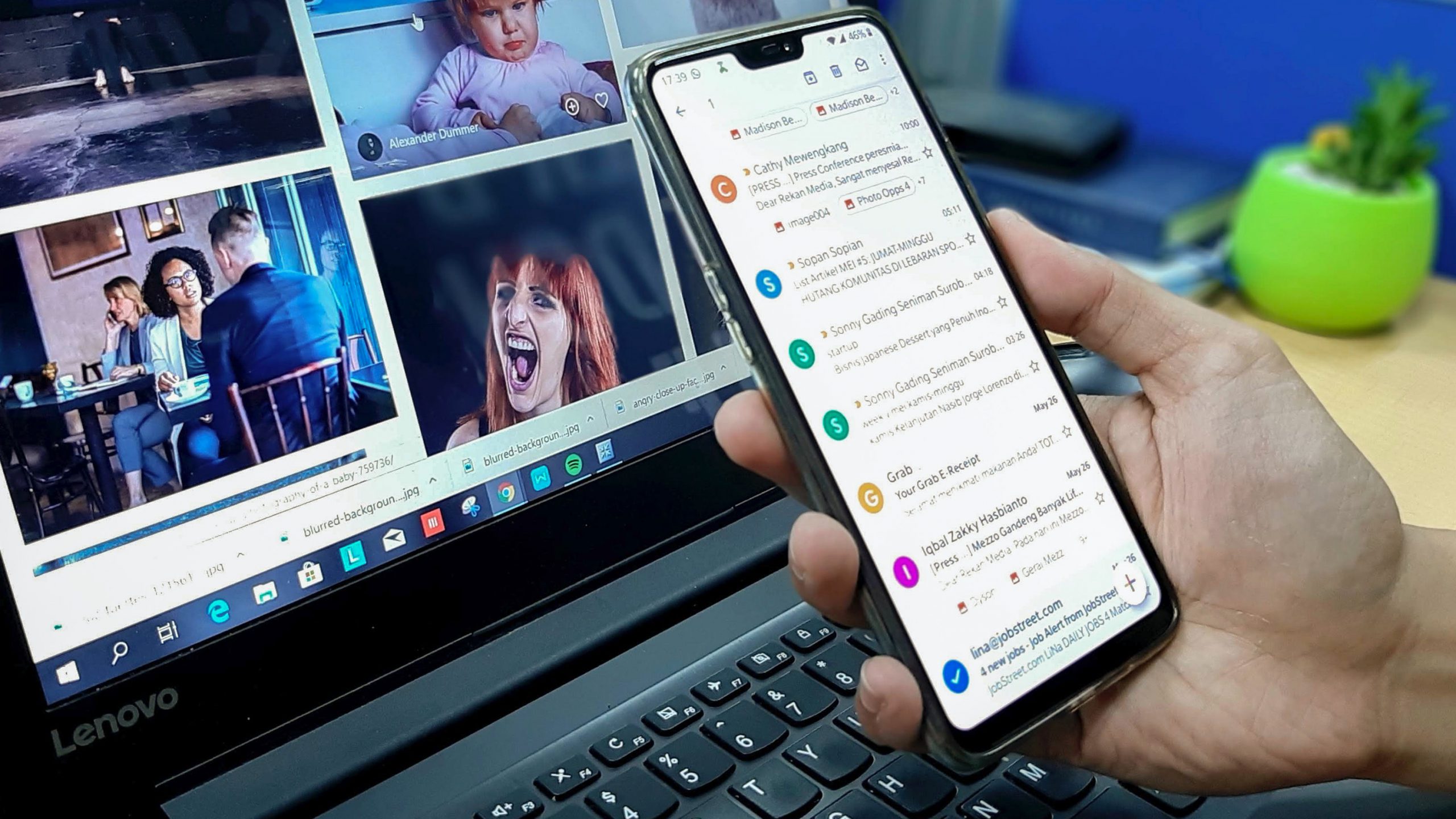Email marketing automation can level up your campaign results, but it’s important to personalize your content as much as possible. Fortunately, it is possible to use automated email personalization. Simply put, email marketing automation transforms the manual sending of marketing emails into an automatic workflow … Continue reading “6 tips for automated email personalization”
5 tips for automated email follow-ups that lead to conversions
Many digital marketing conversations focus on generating leads, but what are you doing once you have them? Think automated email follow-ups. If you’re emailing manually, consider that the average email response rate (which can vary widely) can be about 5 percent. So, when sending 100 … Continue reading “5 tips for automated email follow-ups that lead to conversions”
Automated email examples – 17 you can start using today
New to automated emails? The good news is that they are an incredibly effective tool when blended into your larger marketing strategy. We’ve put together 17 automated email examples you can start using today. Depending on your brand and business, there are a number of … Continue reading “Automated email examples – 17 you can start using today”
Email automation matters to your marketing
What is email automation? Email automation is a series of emails you automatically send to your prospects or customers and use extensive personalization. And while businesses are often focusing their marketing efforts on getting new customers, email automation can do the work on nurturing and … Continue reading “Email automation matters to your marketing”
6 benefits of email marketing for ecommerce businesses
Despite all the new digital marketing platforms coming out, email remains a valuable, effective and inexpensive tool. In fact, email marketing can play a significant role in the success of ecommerce businesses. Essentially, email marketing is a direct marketing channel. It enables businesses to share … Continue reading “6 benefits of email marketing for ecommerce businesses”





